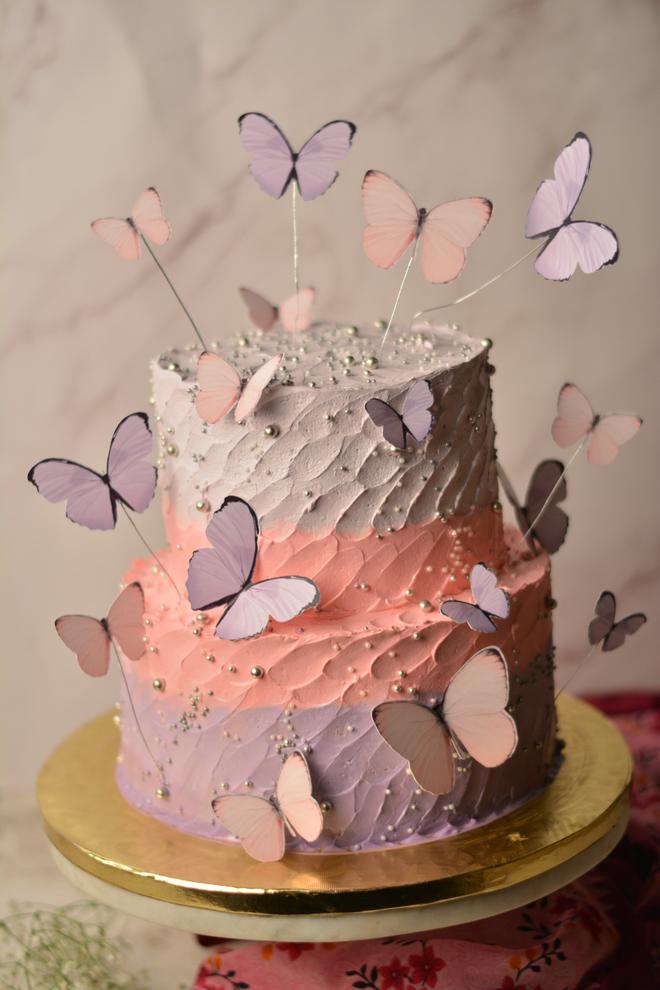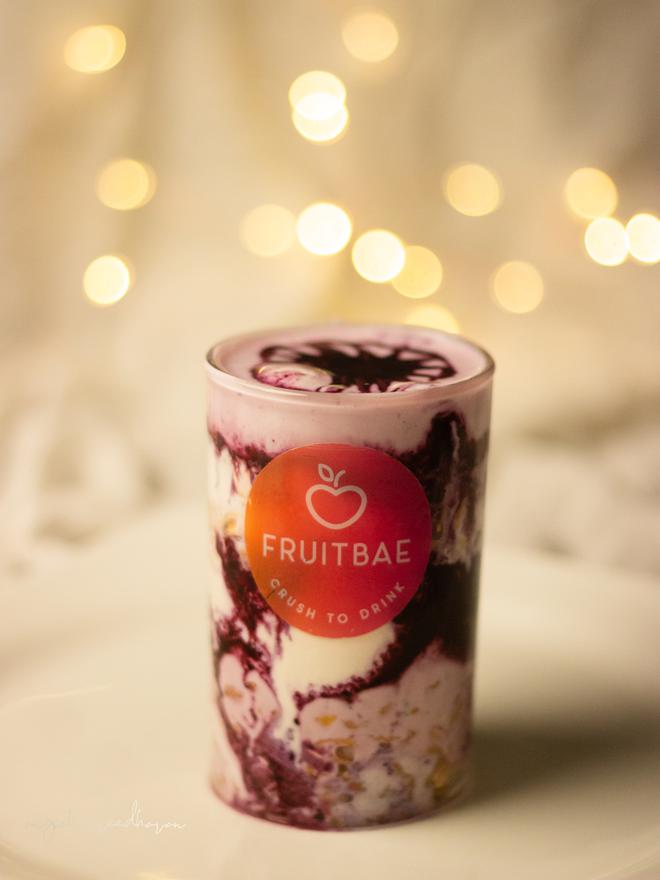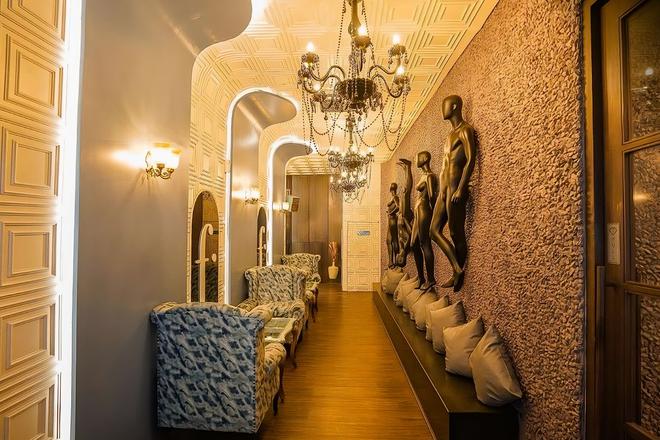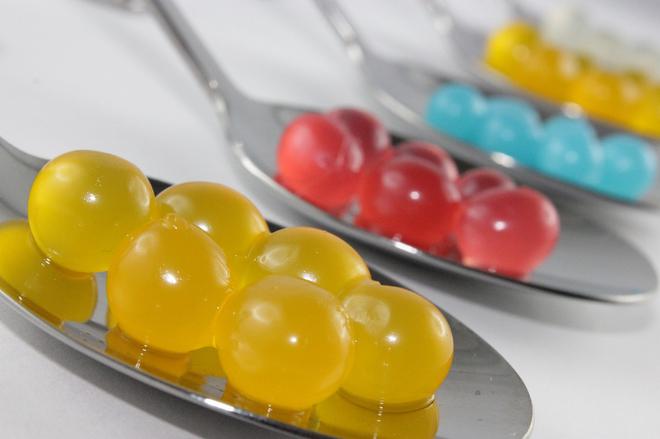At the L’amour dessert studio in Rutland Gate, Chennai, The Bridgerton Story, a popular dessert is doing its rounds on social media. It is a chocolate and hazelnut pastry that is served with tricks straight out of the molecular gastronomy textbook. When the cloche filled with dry ice smoke is lifted, phones are pulled out before the spoons. Slow-motion videos, boomerangs and selfies fill the room. “But wait, let me first take a picture,” echoes.
Food theatre has become an inevitable experience to offer for restaurants to stay in the game. As plates of well-presented food are achievable even in home kitchens, social media and the accessibility to molecular gastronomy has pushed the boundary further. Just as milkshakes once became more flamboyant simple latte art on coffee has now been overshadowed by photographs printed on the foam.
Restaurants are pulling out all the stops to provide the picture friendly experiences. “They now ask us to provide lighting that does not cast a shadow on the plates when photos are clicked,” says Vikram Singh Minhas, whose interior design studio creates retail spaces.
Picturesque plates

Swetha Kishore of Lafayette in Nungambakkam, Chennai has been the recent beneficiary of this trend. Her cafe is known for butterfly cakes where mock butterflies fly out of the box when opened. “I got the message out through an influencer, and the reel they made got 20 million views. It brought me a huge influx of customers,” shares Swetha.
Restaurant chain Fruitbae has adopted a social-media friendly agenda in all aspects right from its name which is reminiscent of the social media sensation ‘saltbae’ to the logo with colours similar to that of Instagram’s for better recall. This brand harnessed the surge in interest in Tsunami cakes and burgers (where a plastic ring containing cream or sauce is lifted to allow it to drench the cake or burger) with its viral offering ‘Berry up’ yogurt cup. Here, berry puree, yogurt and muesli are layered in a cup which is then inverted on a plate when it is time to eat. There are over 10,000 reels and posts of social media influencers and other customers inverting this cup.

“From the very beginning, we have been focused on using Instagram for the growth of our business. We sell more than 150 Berry up plates daily in each branch,” says Abdul Manaf, founder and CEO of Fruitbae, which has nearly 40 branches across the country and one in Dubai.
Vibe check

While photos of the food and beverages take the first priority in bringing about the most instagrammable-dining experience, the ambience has a major role to play as well.
“We set aside a chunk of the budget for art installations and niche ‘selfie’ walls where the people can show their and followers that they too have been to the most happening places,” says Vikram.
Earlier the trending theme was an industrial set-up with exposed ceilings, now it seems to be ‘Bohemian chic’, he says. Expect to see more indoor plants, floral motifs, wire-based furniture and antiques used as props.
Bars and fine dining restaurants are also now migrating towards a dimly lit, lounge-like aesthetic with leather couches, dark wood and sophisticated light fixtures, and a few bright corners for selfies and photographs.

Aggregators like Zomato and Google have identified the spike in searches for terms like ‘Instagrammable’ and ‘good ambience’ and have curated lists of places that match this criteria. On Zomato’s list of ‘Insta-worthy places’ in Mumbai is Silly, a restobar located in Khar. “From vibrant murals to stunning table settings, we aimed to create Instagrammable moments that leave a lasting impression and inspire others to visit and savor what we have to offer, “ says Karan Nohria, founder.
No Filter
The Godrej food trends report 2023 has predicted that individual creator brand-driven experiences with show kitchen and food-theatre based concepts is expected to grow rapidly. But celebrity chef, K Damodaran, popularly known as Chef Damu worries that these experiences bring down the quality of food.
He says that as much as modern cooking techniques like molecular gastronomy are gaining popularity, the consumption of chemicals like liquid nitrogen used to quickly freeze elements or sodium alginate which is used in the process of spherification can be unhealthy in the long term.

While people flock to restaurants based on the reviews and reactions of the content creators on social media, the proof of the pudding is indeed in its taste.
“I have had several people comment that they watch a reel and go to a restaurant but it doesn’t live up the hype. When influencers fake their reactions, the restaurant does not get the conversion it desires because guests will visit only once. This will have an impact on the content creators’ credibility as well,” says Govind Pallipurath, a Kerala-based food vlogger who goes by the name Kerala Foodie.
He adds that both influencers and the audience must be responsible and aware of the power and gimmicks of social media before heading out to eat.
As always, with social media, what you see is not always what you get.







